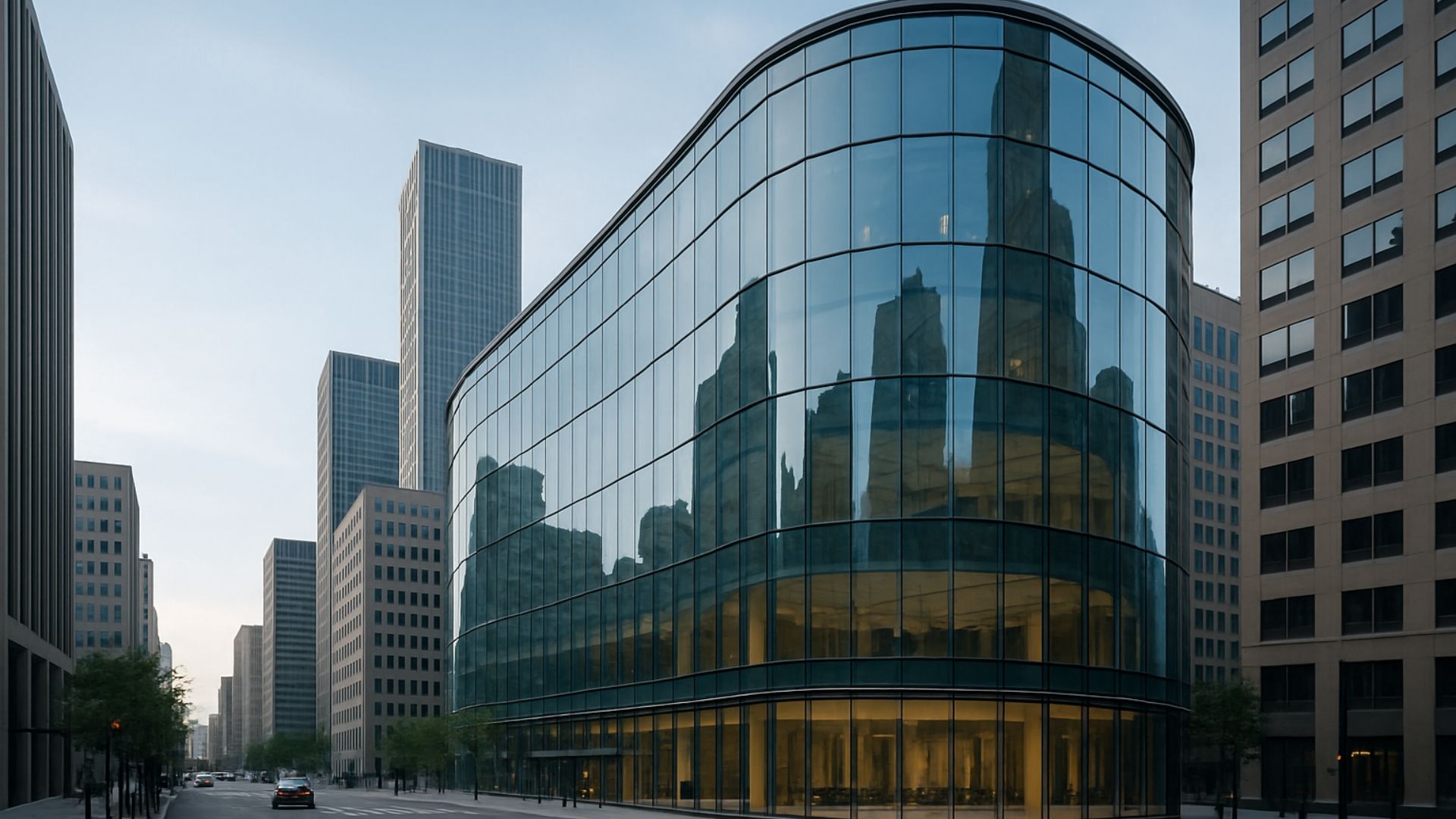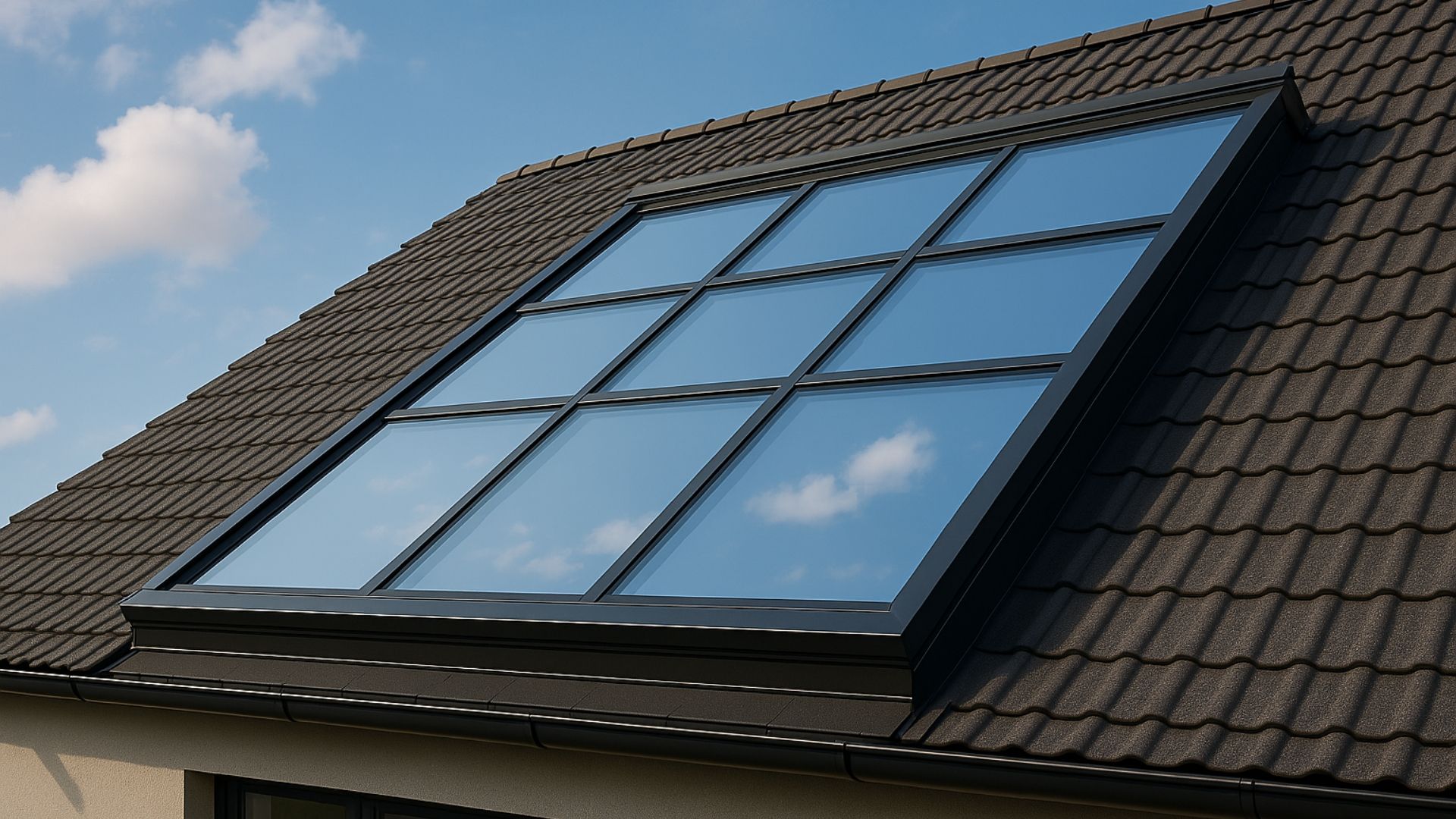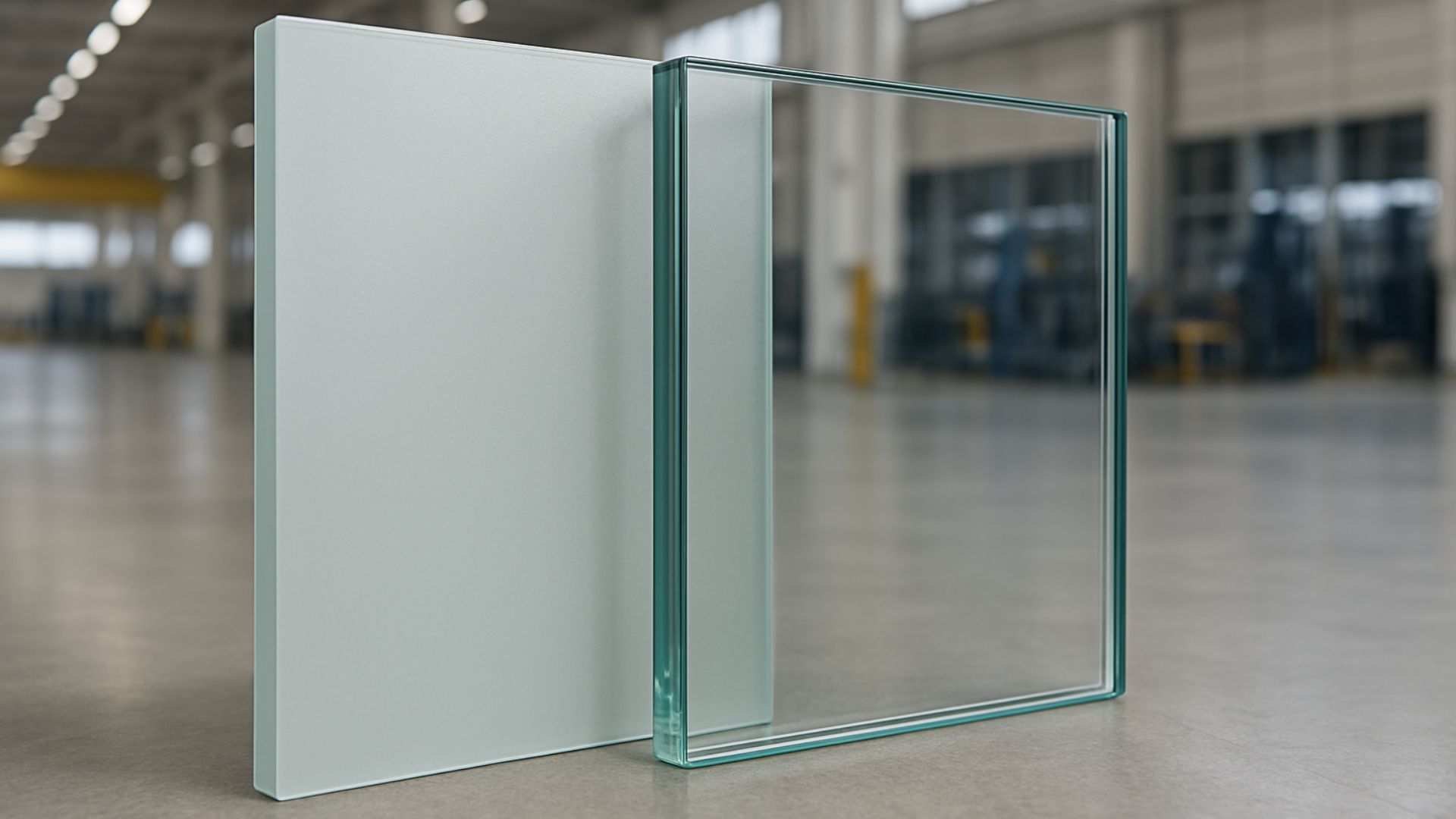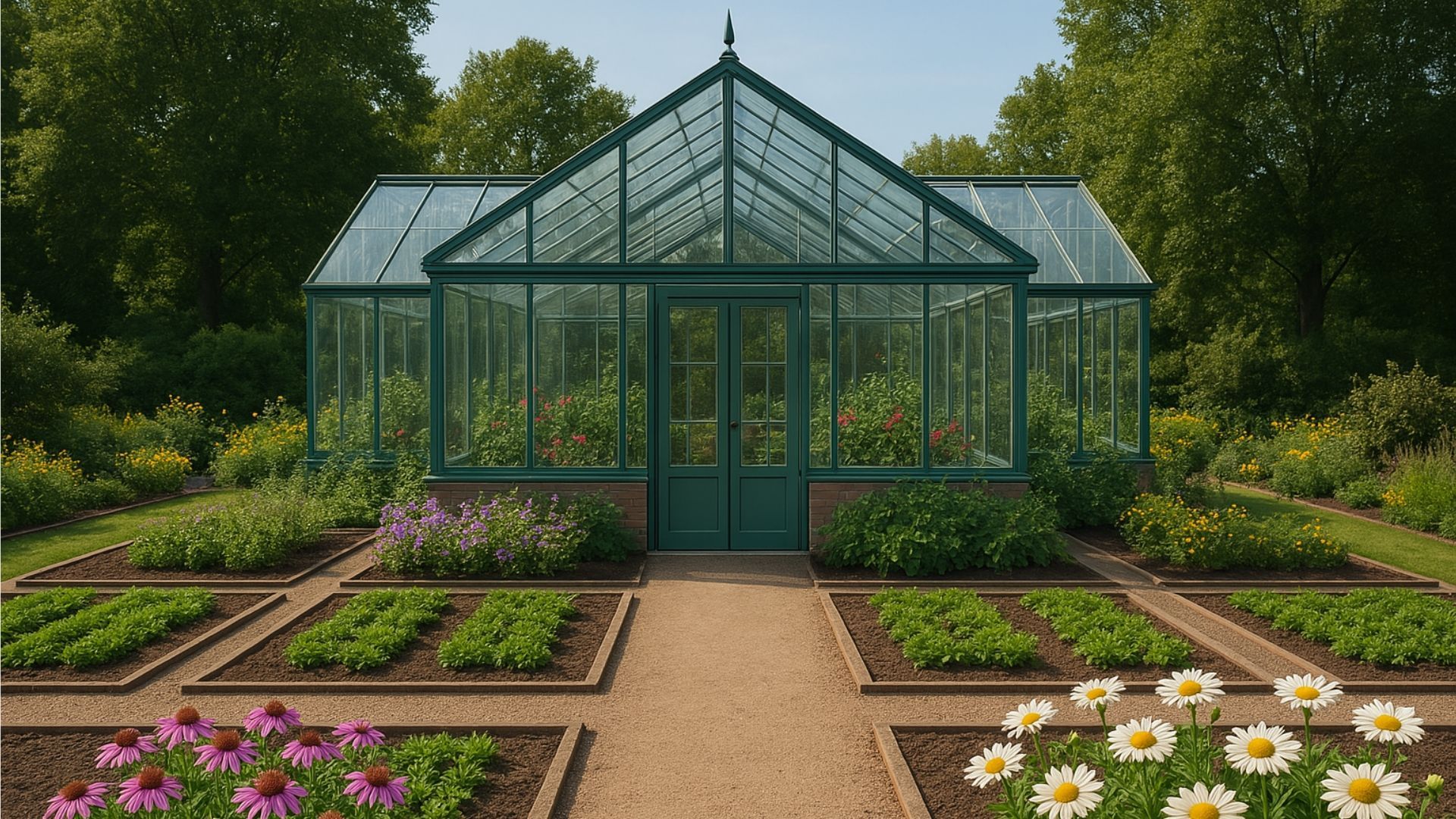The history of glass manufacturing in the UK
Share this blog:
The UK has played a big role in glassmaking from Roman times to the 21st century. Find out more.
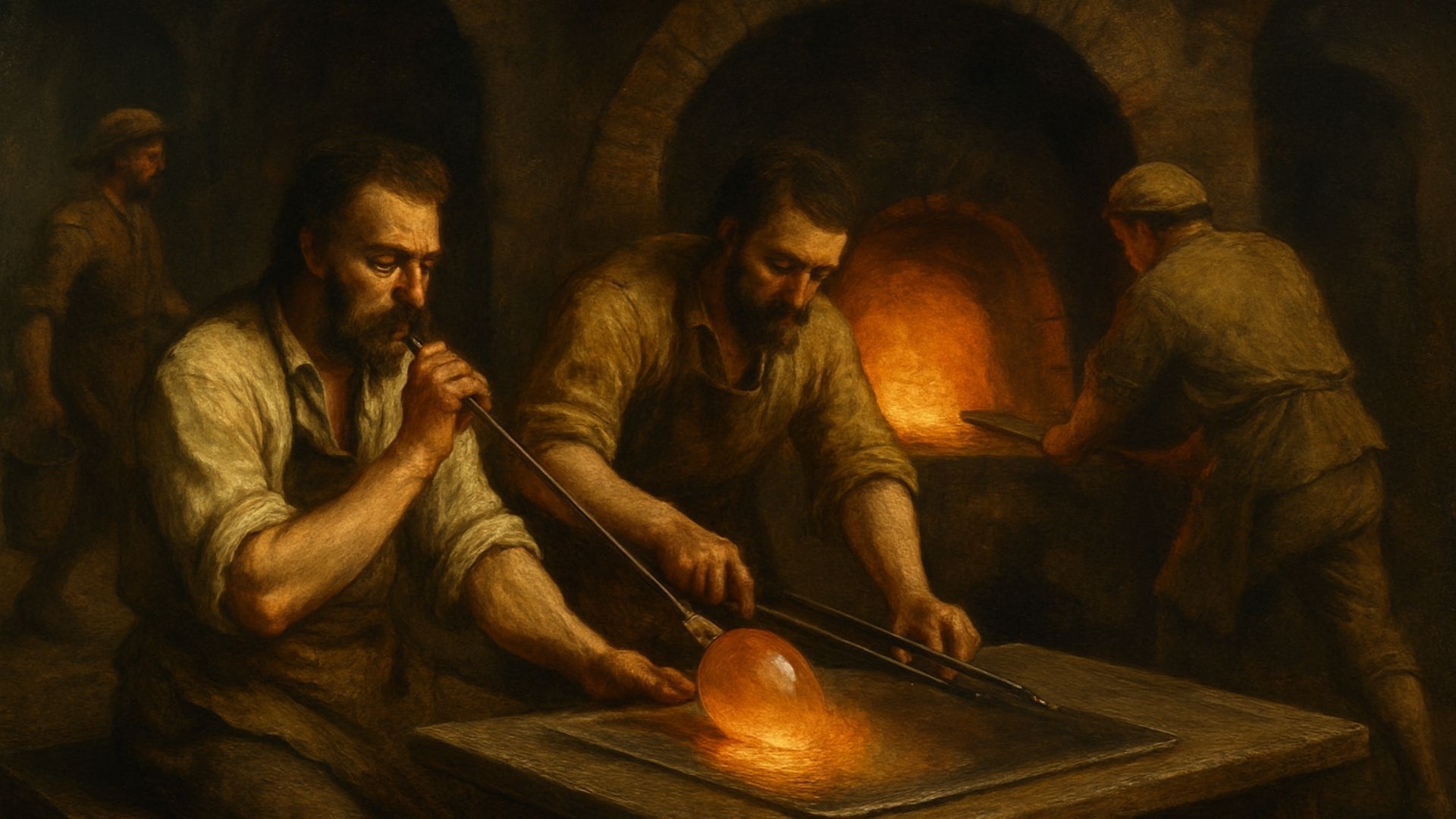
Today, the glassmaking industry makes billions a year. Yet it all began with primitive techniques thousands of years before the first millennium.
Ever since the Romans arrived in Britain, the United Kingdom has played a key role in these developments – from early glassblowing to float glass, from industrialisation to high-tech consumer goods.
Here at ToughGlaze, we're proud to be part of this story. Without these centuries of innovation, we wouldn't be able to supply our clients with high-quality
toughened and
laminated glass.
Want to know more about the history of glass manufacturing in the UK? It all begins at the turn of the millennium when the Romans conquered Britain.
1. Roman Britain
The Romans borrowed glassmaking techniques from the Greeks and brought them to pagan Britain. Archaeologists have uncovered evidence for
20 glass workshops in Britain.
Initially, these workshops made simple beads and other decorative items. But when glassblowing was pioneered on the Levantine coast, Roman Britain got involved.
Glassblowing meant that glass could be produced at scale. Soon, all social strata used a kind of green-blue blown glass.
Among the wealthy, glass began to replace metal and ceramic dinnerware. Unlike those materials, it didn't smell!
2. Medieval Britain
With the Romans gone, Britain sank into its fabled Dark Ages. While there is some written and archaeological evidence of glassblowing – mostly in the Weald – the industry was in the doldrums.
In medieval times, glass was mostly imported for stained glass church windows. The epicentre of glass manufacturing was Venice. This reliance on imports began to change in the 16th century.
3. 16th-century England
The 16th century saw the rise of the glassmaking industry in England. This was primarily thanks to a revival in local glass production.
Glass manufacturing expanded from family-run glass houses to large monopolies. Meanwhile, European immigrants improved English furnaces and provided superior raw materials.
All this led to an improvement in the quality of English glass. The majority of glass was blown. It was often decorated in the Venetian style.
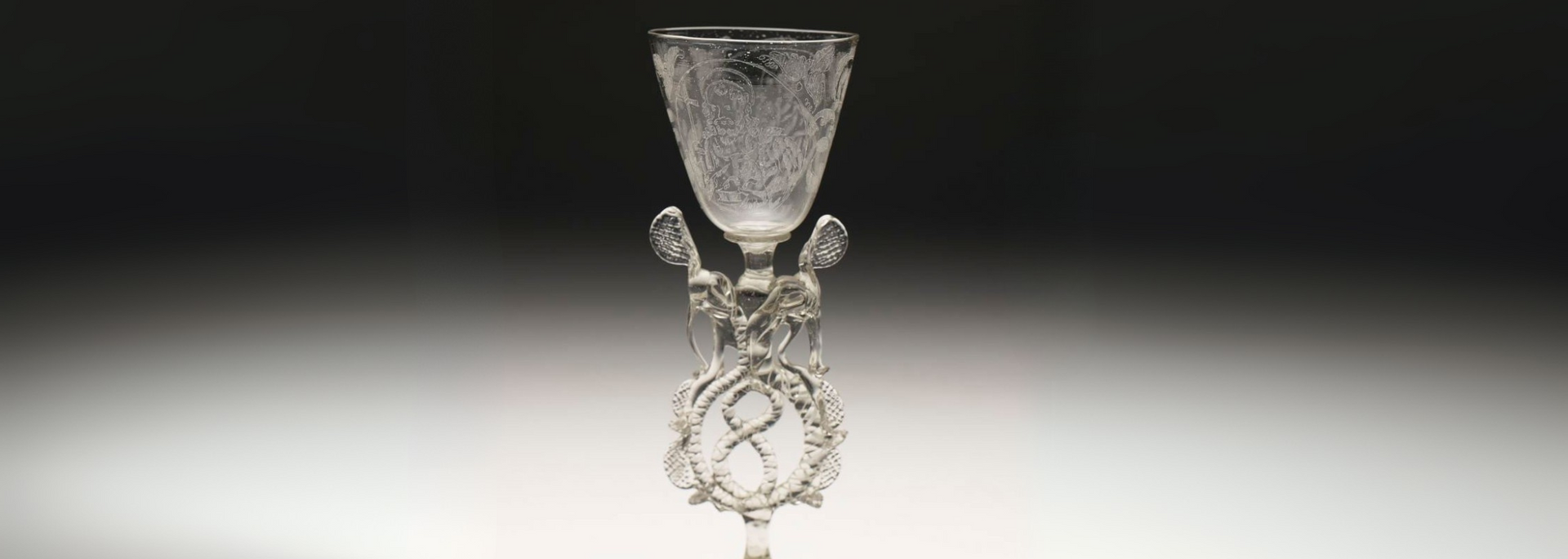
4. 17th-century developments
The glass manufacturing industry in England continued to grow in the 17th century. Cities like London, Swansea and Newcastle became home to highly productive glasshouses.
Around this time, furnace technology began to improve. Conical glasshouses now had furnaces with chimneys, possibly inspired by Venetian "beehive" furnaces.
Around 1663, George Ravenscroft unveiled flint glass. This was a colourless and translucent glass that pushed England to the forefront of European glass manufacturing.
Flint glass (or "lead glass") meant that glass bottles and phials could be produced and exported on an unprecedentedly grand scale.
5. The 18th century
The 18th century was a transitional period, bridging the gap between 17th-century expansion and 19th-century industrialisation.
There was a huge rise in demand for high-quality glass, especially among the wealthy. Chandeliers, crystal glassware, window glass and mirrors were all considered essential by landowners and other members of the elite.
At the same time, technology advanced in leaps and bounds. The 18th century saw the introduction of mould-blown glass and new cutting and engraving techniques. Ornateness was the order of the day.
6. The Industrial Revolution
The 19th century was a time of seismic change all across Europe – and England was no exception. Urban populations dramatically increased, industries were mechanised and mass production became the norm.
In the world of glass, this was apparent in the establishment of huge glassworks, which manufactured glass for windows, bottles and other items on a whole new level of scale and efficiency.
This was the century that saw the construction of the Crystal Palace, the largest glass building of its time. The glass was provided by the Chance Brothers' glassworks in Smethwick, West Midlands. They also provided glass for the Houses of Parliament.
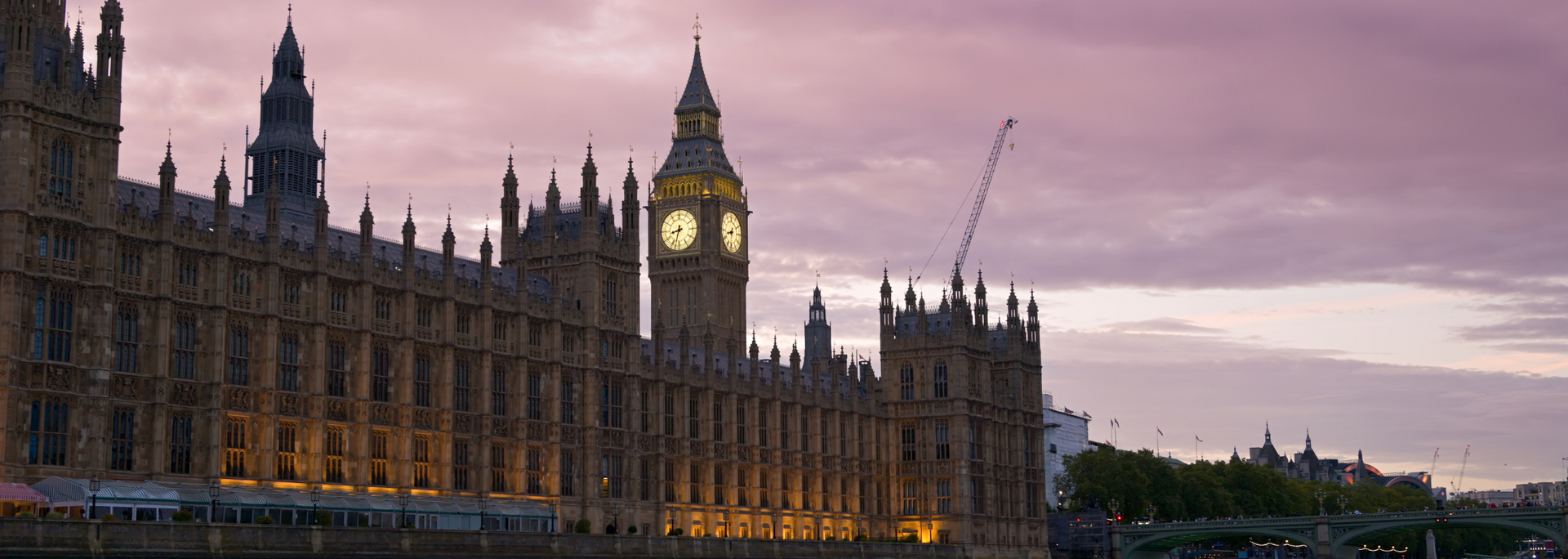
The 19th century also saw a huge increase in everyday glass products. Glass jars and bottles were increasingly used for food and drink packaging and glass was used in greenhouses, skylights, lamps and more.
7. The 20th century
You could say the 19th century was the blueprint for the 20th and 21st centuries: mass production, industrialisation and consumer goods.
Perhaps the biggest change was the introduction of float glass in the 1950s. Developed by Sir Alastair Pilkington, this method is used to this day and contributed to the continuing expansion of glass packaging.
Art movements like Art Nouveau and Art Deco invested heavily in decorative glass. Companies like Whitefriars in London, for instance, produced iconic designs made possible by advances in glass technology.
After World War II, the glass industry in the UK began to decline. There were a number of reasons for this, including increased foreign competition and changing consumer tastes.
Despite this change in fortunes, the history of glass manufacturing in the UK doesn't end there. As in many industries, the history books are still being written.
8. The 21st century
Perhaps the biggest development in the glass manufacturing industry in recent years has been the new focus on sustainability. Glass processors and suppliers are reducing their energy consumption and increasing their use of recycled glass.
This is also reflected in government regulations about the use of glass in new builds and renovations. No sustainability strategy is complete without taking into account the efficiency of glass.
In a high-tech consumer age, glass has also become a high-tech product, used in smartphones, solar panels, fibre optics,
switchable smart glass and more.
Today, the UK glass manufacturing industry is worth
£2.5 billion a year. And here at ToughGlaze, we're delighted to play our part, providing businesses with high-quality, endlessly customisable toughened and laminated glass.
So, if you're in the market for robust, versatile, accredited glass made with 21st-century techniques, please
get in touch. We'd love to fix you up with the right materials.

